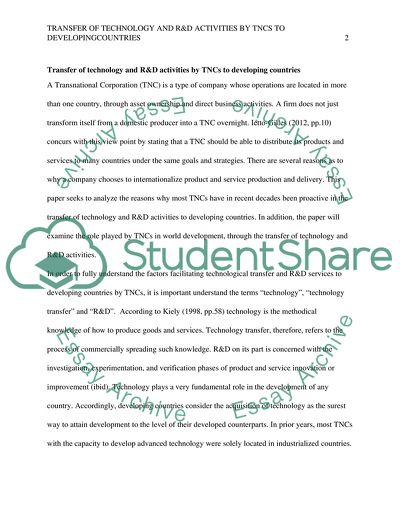Cite this document
(Transfer of Technology and R&D Activities by TNCs Report, n.d.)
Transfer of Technology and R&D Activities by TNCs Report. https://studentshare.org/technology/1605155-discuss-the-main-factors-that-have-contributed-to-policy-liberalisation-towards-fdi-in-ldcs-during-the-last-three-decades
Transfer of Technology and R&D Activities by TNCs Report. https://studentshare.org/technology/1605155-discuss-the-main-factors-that-have-contributed-to-policy-liberalisation-towards-fdi-in-ldcs-during-the-last-three-decades
(Transfer of Technology and R&D Activities by TNCs Report)
Transfer of Technology and R&D Activities by TNCs Report. https://studentshare.org/technology/1605155-discuss-the-main-factors-that-have-contributed-to-policy-liberalisation-towards-fdi-in-ldcs-during-the-last-three-decades.
Transfer of Technology and R&D Activities by TNCs Report. https://studentshare.org/technology/1605155-discuss-the-main-factors-that-have-contributed-to-policy-liberalisation-towards-fdi-in-ldcs-during-the-last-three-decades.
“Transfer of Technology and R&D Activities by TNCs Report”. https://studentshare.org/technology/1605155-discuss-the-main-factors-that-have-contributed-to-policy-liberalisation-towards-fdi-in-ldcs-during-the-last-three-decades.


